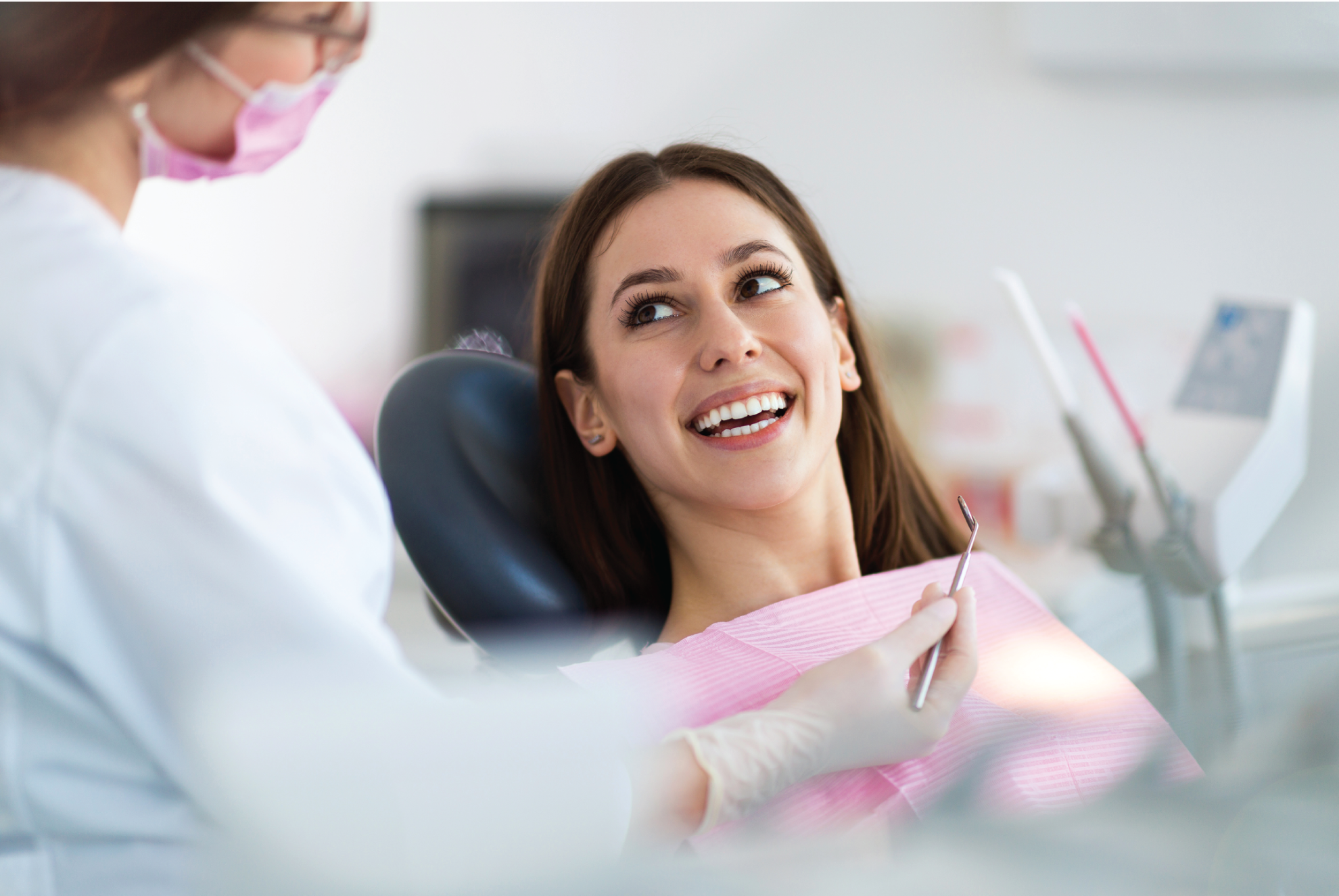Would you Like to Solve the #1 Problem:Souhaitez-vous résoudre le problème #1:
Getting your Patients to Say YES to your Periodontal Treatments?Obtenir des OUI de vos patients à vos traitements parodontaux?
58% of patients lack understanding of dental treatment.58 % des patients ne comprennent pas les traitements dentaires.
— Hughes B, Heo G, Levin L. Associations between patients' understanding of periodontal disease, treatment compliance, and disease status. Quintessence Int. 2018;49(1):17-23. doi: 10.3290/j.qi.a39096. PMID: 28990017.
PerioMonitor™ is your Solution!PerioMonitor™ est votre solution!
• Enhance your perio diagnostic accuracyAméliorez la précision de votre diagnostic
• Strengthen patient communicationRenforcez la communication
• Drive practice growth through case acceptanceStimulez la croissance de votre clinique













